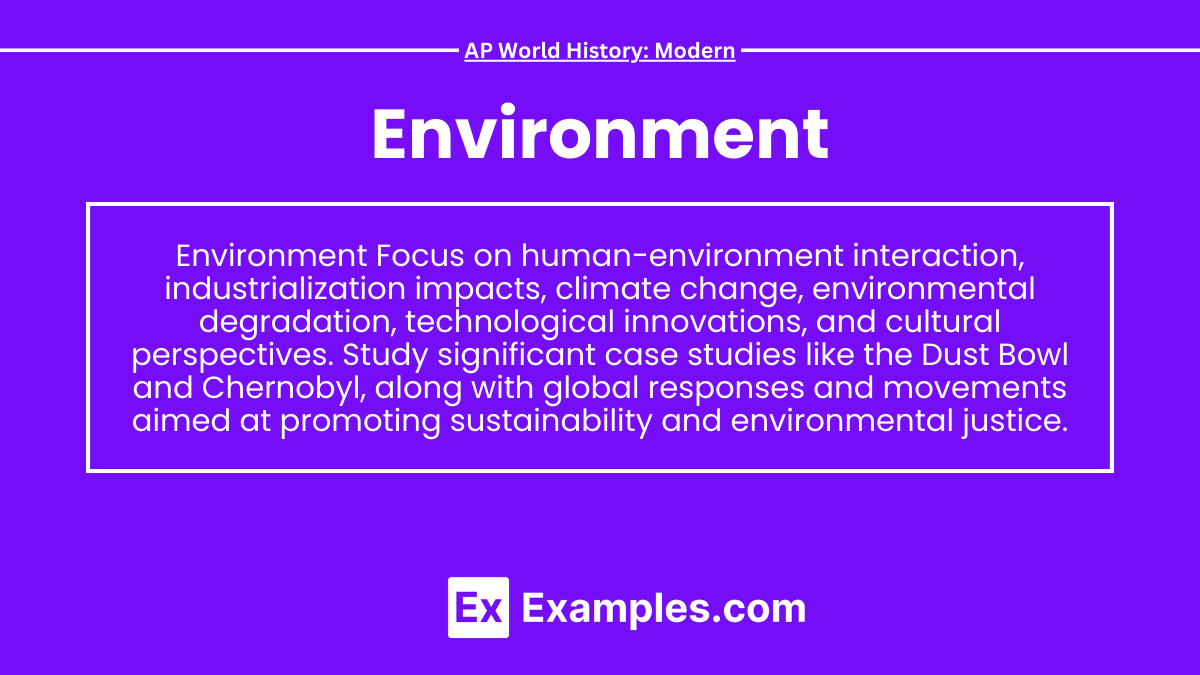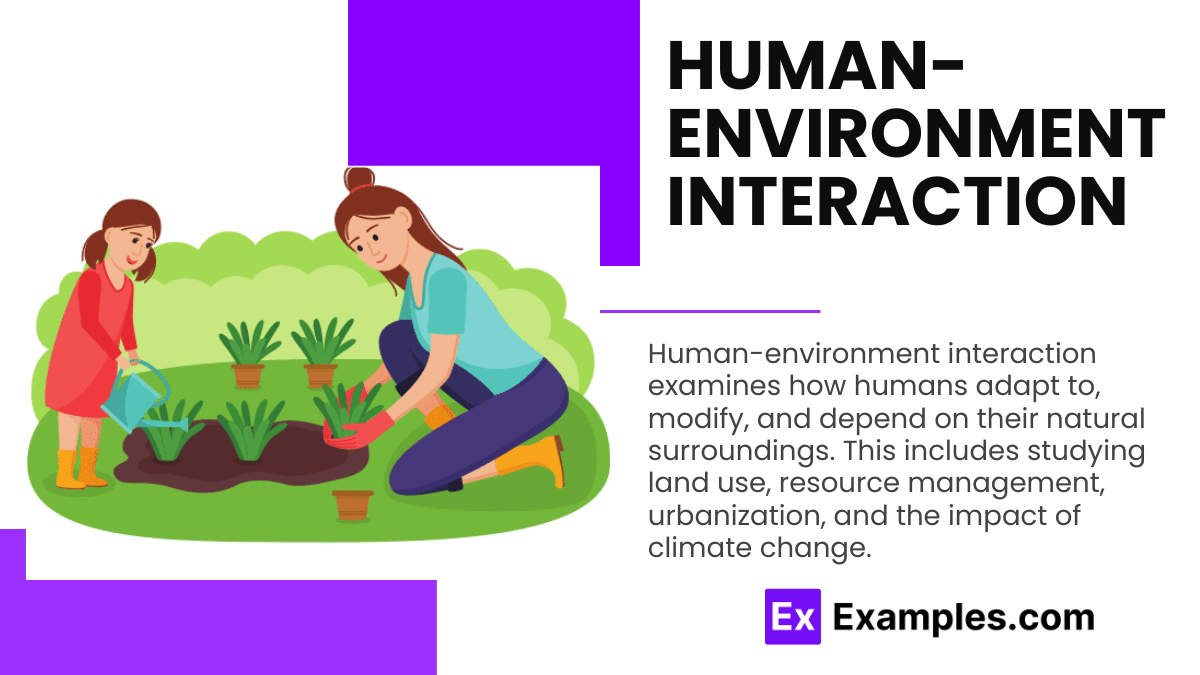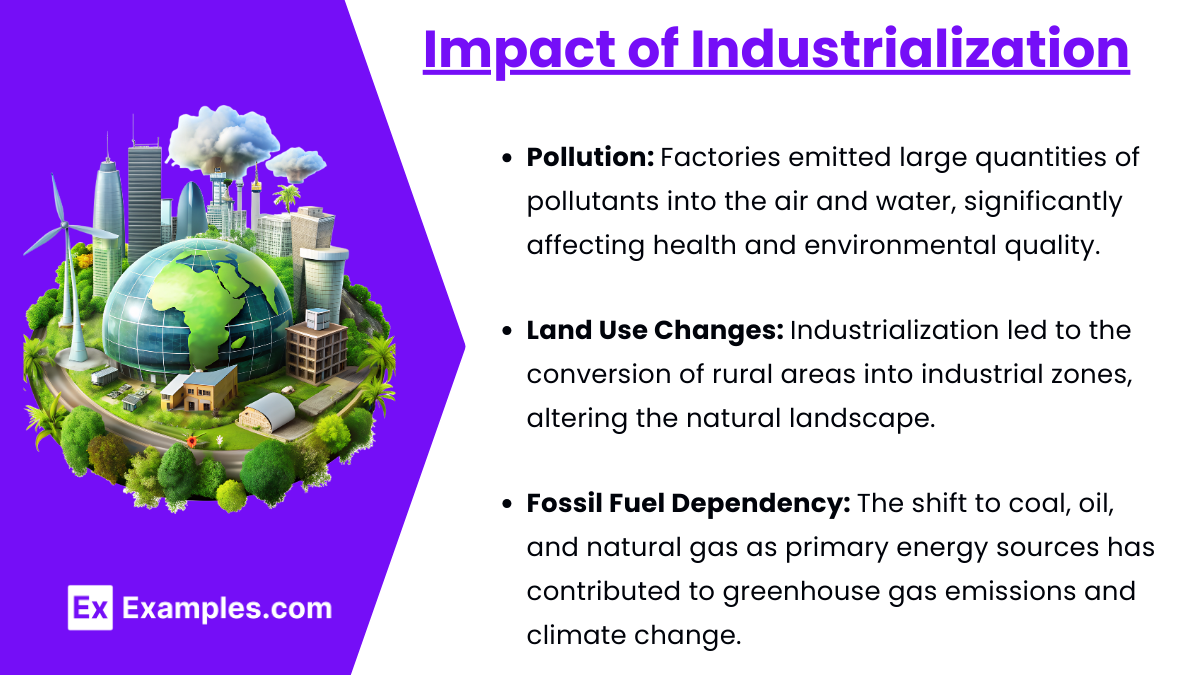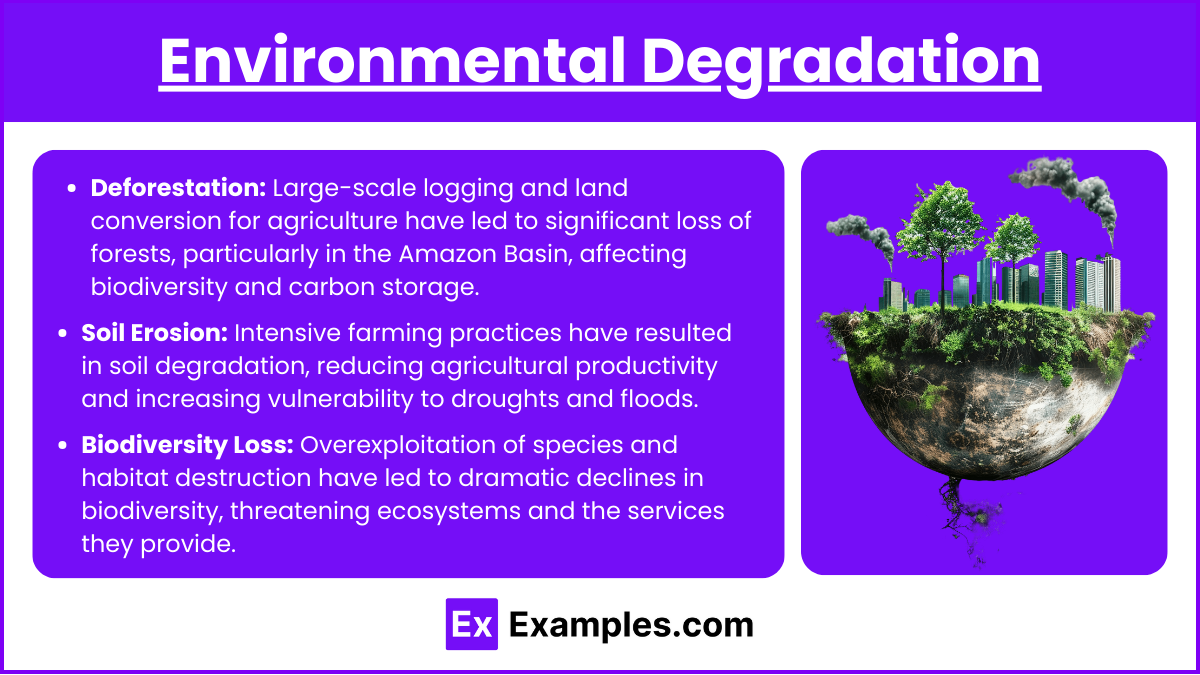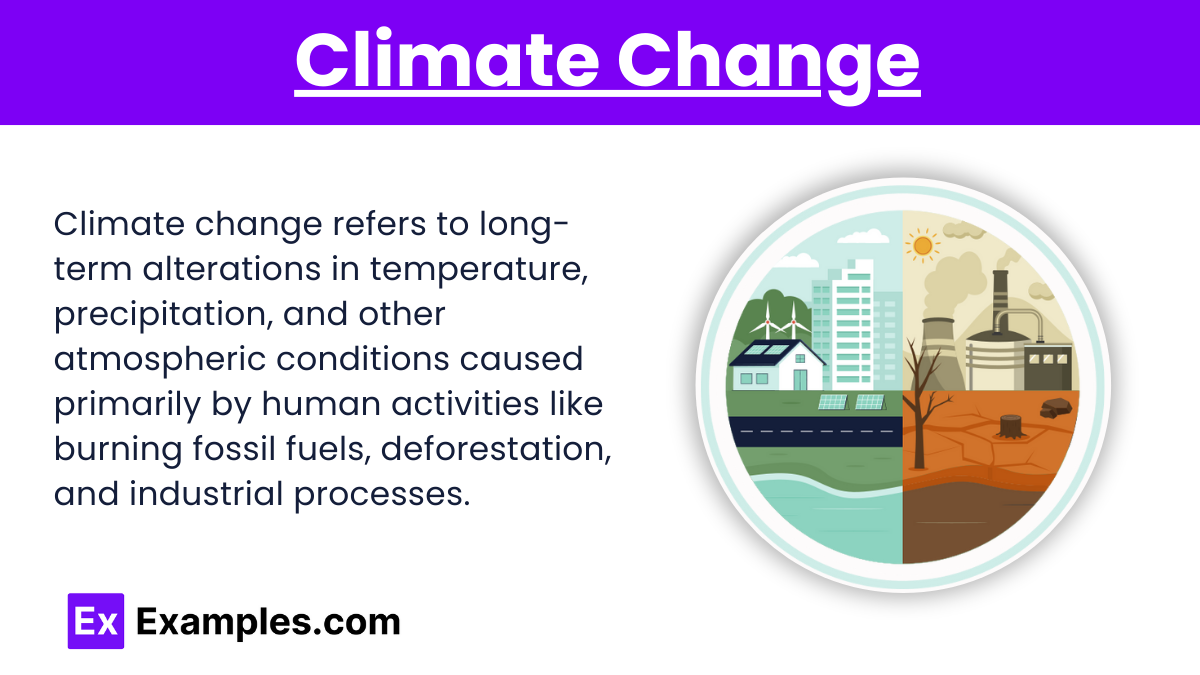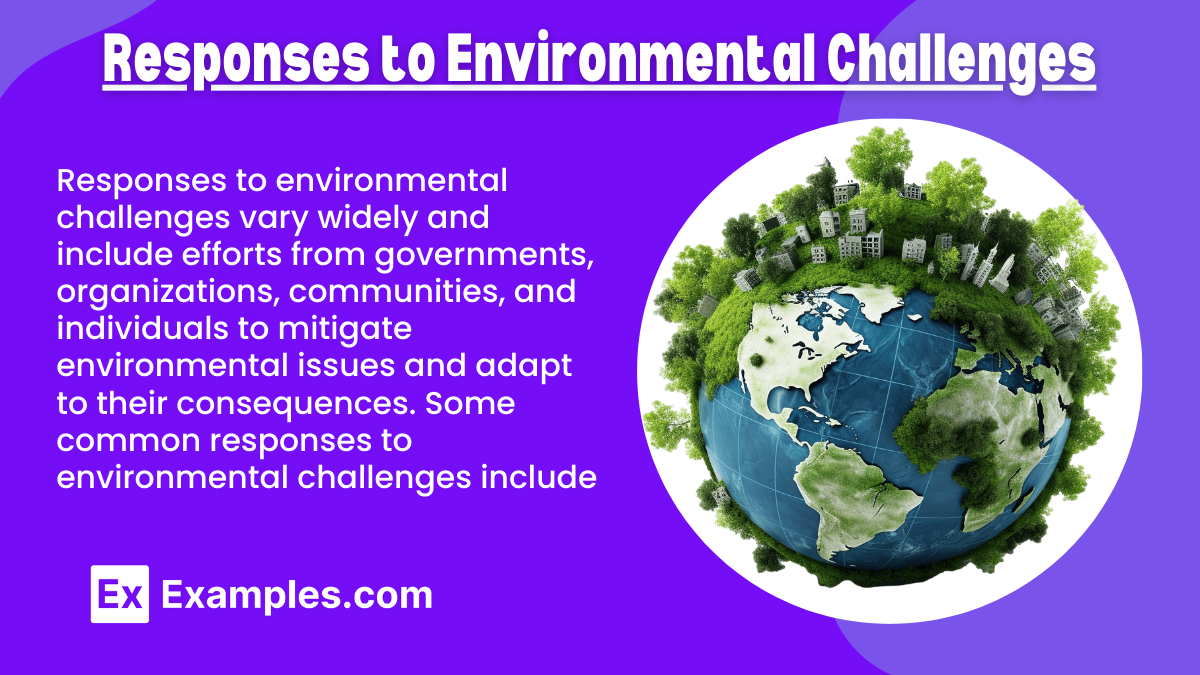Environment has shaped human societies throughout history, influencing their development and interactions. From the Agricultural Revolution to industrialization, environmental changes have led to significant societal transformations. Today, understanding these historical contexts is crucial for the AP World History: Modern exam, as it highlights the ongoing challenges of climate change, resource management, and the balance between human activities and nature.
Free AP World History: Modern Practice Test
Learning Objective
In studying "Environment" for AP World History: Modern, you should learn to identify key environmental changes and their impacts on societies, analyze the effects of industrialization and urbanization on natural resources, and evaluate responses to environmental challenges. It's also important to explore how environmental factors influenced migration and cultural practices, providing a comprehensive understanding of their role in shaping historical developments.
1. Human-Environment Interaction
Human-environment interaction examines how humans adapt to, modify, and depend on their natural surroundings. This includes studying land use, resource management, urbanization, and the impact of climate change.
Agricultural Development: Early agricultural societies, such as those in Mesopotamia, relied heavily on irrigation systems to manage water resources for crop production. This led to the establishment of complex societies.
Urbanization: The growth of cities brought about significant environmental changes, including land modification, resource depletion, and increased waste production. Urban centers became focal points for trade, culture, and environmental strain.
Resource Extraction: The extraction of natural resources, such as timber, minerals, and fossil fuels, has transformed landscapes and ecosystems. This exploitation often results in long-term ecological consequences.
2. Impact of Industrialization
The Industrial Revolution marked a pivotal shift in human-environment relations:
Pollution: Factories emitted large quantities of pollutants into the air and water, significantly affecting health and environmental quality. Urban areas became hotspots for smog and industrial waste.
Land Use Changes: Industrialization led to the conversion of rural areas into industrial zones, altering the natural landscape. The demand for agricultural land also increased, resulting in deforestation and habitat loss.
Fossil Fuel Dependency: The shift to coal, oil, and natural gas as primary energy sources has contributed to greenhouse gas emissions and climate change, highlighting the environmental cost of industrial progress.
3. Environmental Degradation
As human activities intensified, environmental degradation became a pressing issue:
Deforestation: Large-scale logging and land conversion for agriculture have led to significant loss of forests, particularly in the Amazon Basin, affecting biodiversity and carbon storage.
Soil Erosion: Intensive farming practices have resulted in soil degradation, reducing agricultural productivity and increasing vulnerability to droughts and floods.
Biodiversity Loss: Overexploitation of species and habitat destruction have led to dramatic declines in biodiversity, threatening ecosystems and the services they provide.
4. Climate Change
Climate change refers to long-term alterations in temperature, precipitation, and other atmospheric conditions caused primarily by human activities like burning fossil fuels, deforestation, and industrial processes.
Global Warming: Rising global temperatures have resulted from human activities, primarily fossil fuel combustion. This warming is linked to more frequent and severe weather events, such as hurricanes and droughts.
Impact on Agriculture: Changing climate conditions affect crop yields, water availability, and food security. Farmers are increasingly facing challenges related to shifting weather patterns.
International Responses: Agreements like the Paris Agreement aim to unite nations in mitigating climate change through emission reduction strategies and sustainable practices.
5. Responses to Environmental Challenges
Responses to environmental challenges vary widely and include efforts from governments, organizations, communities, and individuals to mitigate environmental issues and adapt to their consequences. Some common responses to environmental challenges include
Environmental Movements: The 20th century saw the rise of environmental advocacy groups that work to raise awareness about ecological issues and promote sustainability.
Legislation: Governments have enacted laws such as the Clean Air Act and Clean Water Act to regulate pollutants and protect natural resources.
Global Initiatives: International organizations, such as the United Nations Environment Programme (UNEP), focus on global environmental governance and collaborative efforts to address pressing ecological challenges.
Examples
Example 1: The Dust Bowl
Severe drought and poor farming practices in the 1930s devastated the Great Plains, leading to massive soil erosion and migration.
Example 2: Chernobyl Disaster
The 1986 nuclear accident in Ukraine resulted in long-lasting environmental contamination, highlighting the risks of nuclear energy and poor safety regulations.
Example 3: Deforestation in the Amazon
Large-scale logging and agricultural expansion in the Amazon rainforest threaten biodiversity, contributing to climate change and habitat loss.
Example 4: The Green Revolution
This agricultural movement introduced high-yield crops and fertilizers, boosting food production but raising concerns over environmental sustainability and health impacts.
Example 5: Urban Pollution
Rapid industrialization in cities like London and New York resulted in significant air and water pollution, prompting early environmental awareness and reform movements.
MCQs
Question 1
What was a primary cause of the Dust Bowl in the 1930s?
A) Urbanization
B) Industrial pollution
C) Deforestation
D) Poor agricultural practices
Answer: D) Poor agricultural practices
Explanation: Intensive farming without crop rotation and soil conservation led to erosion and dust storms in the Great Plains.
Question 2
Which event highlighted the dangers of nuclear energy and led to changes in safety regulations?
A) The Green Revolution
B) The Chernobyl Disaster
C) The Industrial Revolution
D) The Great Smog of London
Answer: B) The Chernobyl Disaster
Explanation: The 1986 nuclear accident raised awareness about nuclear risks, resulting in improved safety measures and regulatory frameworks worldwide.
Question 3
What impact did the Green Revolution have on agriculture?
A) Decreased food production
B) Increased reliance on fossil fuels
C) Improved crop yields and food security
D) Promoted organic farming
Answer: C) Improved crop yields and food security
Explanation: The Green Revolution introduced high-yield crops and fertilizers, significantly boosting food production but raising sustainability concerns.

